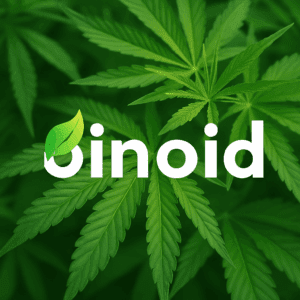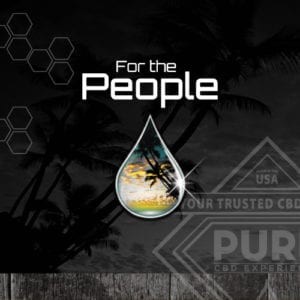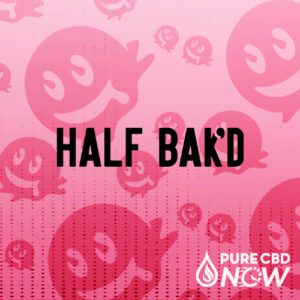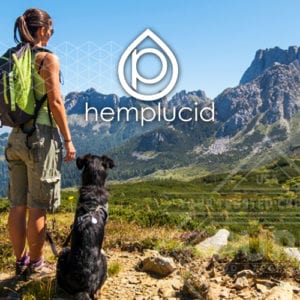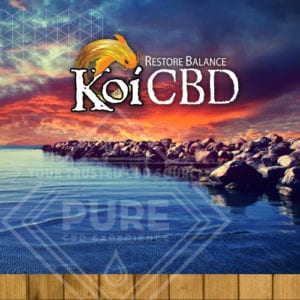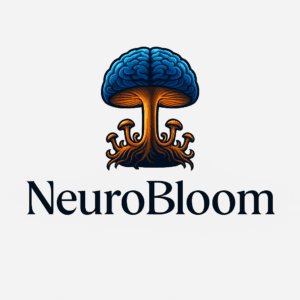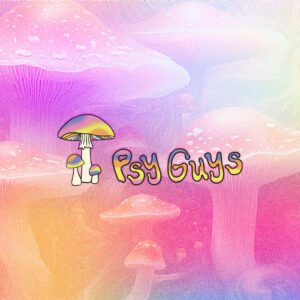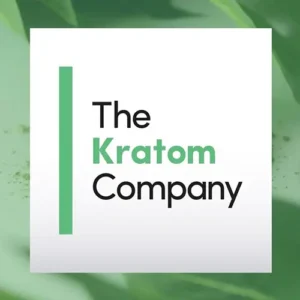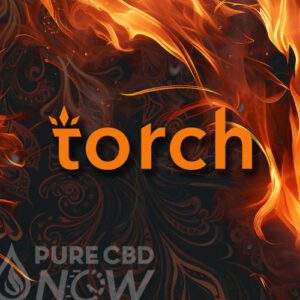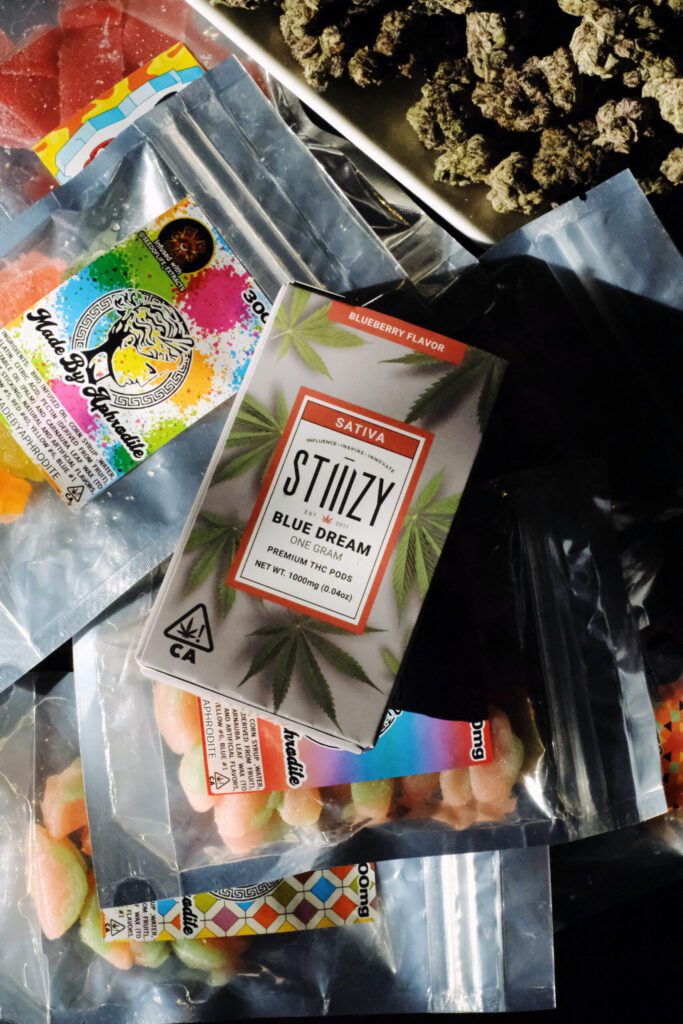Key Takeaways:
- Ethnobotanical Plant Legality Varies By Region: Laws regarding the cultivation, sale, and use of ethnobotanical plants differ greatly between countries and even within regions of the same nation.
- Psychoactive Plants Face Stricter Regulations: Many ethnobotanical plants with psychoactive properties are classified as controlled substances, impacting their legal use, sale, and distribution in various regions.
- Respect For Cultural And Environmental Boundaries: While exploring the uses of ethnobotanical plants, it’s important to respect indigenous rights and environmental sustainability.
As interest in ethnobotanical plants grows, so does the need for clarity around their legal status. Ethnobotany, the study of how plants are used in traditional cultures for medicinal, spiritual, and recreational purposes, has led to the exploration of various plant species with deep cultural significance.
However, with their potential benefits often comes the complexity of legality. Countries and regions have varying laws and guidelines regarding these plants’ cultivation, sale, and use, confusing enthusiasts and professionals.
In this article, we will explore the current laws surrounding ethnobotanical plants, discuss the legal nuances of their use in different areas, and provide a comprehensive guide to understanding the regulations you must be aware of.
Introduction To Ethnobotanical Plants And Their Uses
Indigenous cultures have used ethnobotanical plants for centuries, and they often hold deep cultural, medicinal, spiritual, and recreational significance. The term “ethnobotany” refers to the study of the relationships between people and plants, exploring how different cultures utilize plants for various purposes.
These plants are often deeply embedded in the history and traditions of the communities that have used them, forming a connection between nature, culture, and identity.
The uses of ethnobotanical plants are diverse and can be broadly categorized into several key areas:
Medicinal Uses
Many ethnobotanical plants are valued for their therapeutic properties, with local communities using them to treat a wide range of health conditions, from common ailments like headaches and digestive issues to more complex diseases such as diabetes, arthritis, and infections. Plants such as Echinacea, Ginseng, and Willow bark have been used for centuries in herbal medicine, and modern science continues to study their potential benefits.
Spiritual And Ritualistic Uses
Plants are central to spiritual and religious ceremonies in many indigenous cultures. Sacred plants like Psychedelic mushrooms (containing psilocybin), Ayahuasca (a powerful brew made from the Banisteriopsis caapi vine and other plants), and Tobacco have been used to induce altered states of consciousness for ritualistic purposes, divination, and healing.
These plants are integral to various cultures’ spiritual practices and beliefs, often acting as a medium to communicate with the divine or explore the inner self.
Food And Nutritional Uses
Many ethnobotanical plants are also used for their nutritional value, offering essential vitamins, minerals, and other nutrients. For example, Moringa leaves are known for their high vitamins A and C, calcium, and iron content.
At the same time, Chia seeds and Quinoa have become popular in the global food market for their high protein content and health benefits. Indigenous communities have long recognized these plants’ nutritional benefits, using them as staples in their diets.
Recreational Uses
Some ethnobotanical plants are used for their psychoactive properties, providing recreational or social experiences. Plants like Cannabis, Kratom, and Kava are widely known for their ability to alter mood, reduce stress, or provide a sense of euphoria, and have been used by various cultures throughout history for social or recreational purposes.
Key Legal Considerations For Ethnobotanical Plants In Different Regions
Understanding the key legal considerations for these plants in different regions is crucial for individuals, researchers, businesses, and cultural practitioners to navigate the legal landscape safely and responsibly. Below are some key legal factors to consider in different parts of the world.
United States
In the United States, the legality of ethnobotanical plants varies widely from state to state and is largely impacted by the Controlled Substances Act (CSA). The CSA classifies drugs and other substances into five schedules based on their potential for abuse, medical use, and safety or dependence liability.
Some ethnobotanicals, such as Salvia divinorum and its active constituent, Salvinorin A, are legal in some states while completely banned in others. The Food and Drug Administration (FDA) and Drug Enforcement Administration (DEA) also play significant roles, with recent scrutiny over kratom, an ethnobotanical plant used for its opioid-like effects, highlighting the ongoing regulatory evolution.
European Union
The European Union presents a mosaic of regulations, with member countries having their personal stances on specific ethnobotanical plants. EU-wide directives focus more on novel food regulations and consumer safety, impacting how these plants are marketed and sold.
Countries like the Netherlands have historically adopted a more liberal approach to substances like magic truffles, which contain psilocybin. In contrast, others, such as the UK, have implemented more stringent controls, categorizing many psychoactive ethnobotanicals under the Psychoactive Substances Act.
Canada
Canada’s approach to ethnobotanical plant legality is guided by the Controlled Drugs and Substances Act (CDSA), which closely mirrors the CSA in the US but with some notable differences.
For instance, Canada has legalized cannabis nationwide for both medicinal and recreational purposes, a move that has signaled openness to reevaluating other ethnobotanical compounds. However, substances like Ayahuasca, containing DMT, remain controlled substances, though there’s a growing dialogue around their therapeutic potential.
Australia
Australia has a reputation for strict drug laws, and this extends to ethnobotanical plants. The Therapeutic Goods Administration (TGA) and the Australian Border Force closely regulate these plants’ importation, use, and research. For example, the Australian government has strict controls over compounds like ibogaine, often sought for addiction treatment, allowing its use only under specific, approved circumstances.
South America
With their rich indigenous histories and cultural practices, South American countries often have unique legal frameworks for ethnobotanical plants. In countries like Peru and Brazil, the ceremonial use of Ayahuasca is protected and legally practiced within traditional contexts. Meanwhile, the cultivation and sale of coca leaves are legal and regulated in nations like Bolivia and Peru, recognizing their traditional importance and nutritional value.
The Role Of International Laws In Regulating Ethnobotanical Plants
International laws play a crucial role in regulating ethnobotanical plant use, trade, and conservation. These laws aim to:
Protect Biodiversity:
- Convention on International Trade in Endangered Species of Wild Fauna and Flora (CITES): This treaty regulates the international trade of endangered or threatened plant species, including many ethnobotanical plants. It aims to ensure that international trade does not threaten the survival of these species.
- Convention on Biological Diversity (CBD): This treaty promotes the conservation of biological diversity, sustainable use of its components, and the fair and equitable sharing of the benefits arising from the utilization of genetic resources.
Protect Traditional Knowledge:
- The CBD also addresses the importance of traditional knowledge associated with biological resources. It encourages respect for traditional knowledge and the equitable sharing of benefits arising from its utilization.
- The Nagoya Protocol to the CBD provides a framework for access to genetic resources and the fair and equitable sharing of benefits from their utilization, including traditional knowledge associated with those resources.
Ensure Safe And Effective Use:
- World Health Organization (WHO): The WHO provides guidelines and recommendations for the safe and effective use of traditional medicines, including those derived from ethnobotanical plants.
How Psychoactive Ethnobotanical Plants Are Controlled Under National Law
Psychoactive ethnobotanical plants, such as Peyote, Ayahuasca, Psilocybin mushrooms, and Cannabis, contain compounds that can alter mental states and are subject to various national laws. These laws regulate their use, possession, and distribution based on concerns related to public health, safety, and cultural significance.
- Controlled Substances Legislation: Many countries classify psychoactive plants as controlled substances. For example, cannabis is illegal in some countries but legal in others for medicinal or recreational use, like in Canada or certain U.S. states. Similarly, psilocybin mushrooms are controlled in many countries but decriminalized in places like the Netherlands and Brazil.
- Drug Control Policies: Countries like Saudi Arabia have strict drug laws that prohibit psychoactive plants, while others, such as Portugal, have decriminalized possession of small amounts for personal use, treating it as a health issue.
- Indigenous Use Exceptions: Some countries allow the use of plants like Ayahuasca or Peyote for religious or indigenous purposes. For instance, in Brazil, Ayahuasca is permitted for spiritual use, and in the U.S., Native American religious groups can use Peyote legally.
- Health And Safety Regulations: In some countries, psychoactive plants like Kava are regulated under health and safety laws to ensure their safe consumption. These regulations may restrict use based on potential health risks, such as liver damage from Kava.
- International Law: Countries also adhere to international treaties, like the Single Convention on Narcotic Drugs, which imposes restrictions on plants with psychoactive properties. This requires compliance with global standards for control and enforcement.
Medicinal Use Of Ethnobotanical Plants: Navigating Legal Restrictions
Ethnobotanical plants have a long history of use in traditional and modern medicine. However, the medicinal use of these plants can be subject to significant legal restrictions, varying widely between countries and even within different regions of the same nation.
Key Legal Considerations:
Classification And Regulation:
- Dietary Supplements: In many countries, ethnobotanical plants used for medicinal purposes may be classified as dietary supplements. These products are subject to specific manufacturing, labeling, and safety regulations.
- Pharmaceuticals: If an ethnobotanical plant or its derived compounds are intended to diagnose, treat, cure, or prevent disease, they may be classified as pharmaceuticals. These products undergo rigorous testing and require regulatory approval before they can be marketed.
- Controlled Substances: As discussed earlier, some ethnobotanical plants containing psychoactive compounds are classified as controlled substances, restricting their use even for medicinal purposes.
Traditional Medicine Practices:
- Recognition Of Traditional Knowledge: Some countries may recognize and regulate the use of ethnobotanical plants within traditional medicine systems.
- Licensing And Certification: Traditional medicine practitioners may require licenses or certifications to legally use and prescribe ethnobotanical remedies.
Research And Development:
- Clinical Trials: Clinical trials are often required to demonstrate the safety and efficacy of medicinal products derived from ethnobotanical plants.
- Intellectual Property Rights: Legal frameworks related to intellectual property rights, such as patents, can impact the development and commercialization of new medicines derived from ethnobotanical sources.
International Trade:
- CITES: As mentioned earlier, CITES regulations may restrict the international trade of certain plant species used for medicinal purposes.
How To Legally Use Ethnobotanical Plants: A Guide For Consumers
Ethnobotanical plants have a long history of use for various purposes, including medicinal, spiritual, and recreational. However, to avoid legal repercussions, it is crucial to understand and comply with the legal framework surrounding their use.
Legal Status:
- Controlled Substances: Many ethnobotanical plants containing psychoactive compounds are classified as controlled substances in many jurisdictions. Possession, cultivation, and distribution of these plants can be illegal and may result in severe penalties.
- Dietary Supplements: Some ethnobotanical plants may be marketed as dietary supplements. However, these products are subject to regulations regarding labeling, safety, and claims.
- Traditional Medicine: In some regions, ethnobotanical plants within traditional medicine systems may be permitted under specific conditions.
Source And Quality:
- Legitimate Sources: Purchase ethnobotanical plants from reputable sources that comply with all relevant laws and regulations.
- Product Quality: Ensure the quality and purity of the plant material. Adulterated or mislabeled products can pose significant health risks.
Safe Use:
- Consult With Healthcare Professionals: If using ethnobotanical plants for medicinal purposes, consult with a qualified healthcare professional, such as a doctor or herbalist.
- Research And Understand Risks: Research the potential risks and side effects associated with the specific plant you are considering using.
- Start With Low Doses: If using for recreational purposes, start with low doses and gradually increase as needed.
- Be Mindful Of Interactions: Be aware of potential interactions with other medications or substances.
Respect Cultural And Legal Boundaries:
- Indigenous Rights: Be mindful of the cultural significance of ethnobotanical plants and respect the rights of indigenous communities that may have traditional knowledge of them.
- Environmental Concerns: Be mindful of the environmental impact of harvesting or consuming certain ethnobotanical plants.
Final Thoughts
As interest in ethnobotanical plants continues to grow, enthusiasts, businesses, and researchers must stay informed about the evolving legal landscape. Understanding the laws surrounding these plants can help individuals navigate the complexities of their use, whether for medicinal, spiritual, recreational, or nutritional purposes.
With varying regulations across different countries and regions, it’s crucial to prioritize legal compliance, respect cultural practices, and ensure safe and responsible use. By staying informed, individuals can contribute to the sustainable and respectful use of these plants in line with local and international laws.
Read also
- Is Kratom Considered A Drug? Legal And Scientific Insights
- Kratom-Related Plants Legal Status: What You Need To Know
- Plant-Based Substances Similar To Kratom: Alternatives Explained
Frequently Asked Questions About Ethnobotanical Plants Legality
What is ethnobotany?
Ethnobotany is the study of how people of a particular culture and region make use of indigenous plants. It covers various aspects, including the plants’ roles in society, culture, and the economy, focusing on how plants are used for medicinal, nutritional, and ceremonial purposes.
Which plants are considered ethnobotanical?
Ethnobotanical plants include many species known for their traditional uses, including medicinal, recreational, and spiritual purposes. Some well-known examples include Ayahuasca, Cannabis, Kratom, Peyote, and Salvia divinorum. Indigenous people have used these plants for centuries for their healing properties and psychoactive effects.
Are all ethnobotanical plants legal to grow?
No, the legality of growing ethnobotanical plants varies significantly from one jurisdiction to another. Some plants, like cannabis, may be legal to grow in some states or countries for medical or recreational purposes but illegal in others. It is essential to check local laws and regulations regarding the specific ethnobotanical plants you are interested in cultivating.
Can I legally trade ethnobotanical plants?
The legal trade of ethnobotanical plants also depends on regional laws and the specific plants. For plants that are controlled substances, such as cannabis, in many jurisdictions, trade is heavily regulated and often requires licenses or permits. Trade may be allowed for other, less regulated plants, but it’s crucial to be well-informed about current laws and regulations.
What penalties exist for the illegal cultivation or trade of ethnobotanical plants?
Penalties for the illegal cultivation or trade of ethnobotanical plants can be severe and vary widely depending on the plant and the jurisdiction. They may include fines, community service, probation, or even imprisonment. The severity of penalties often depends on the quantity of the plants and whether the cultivation or trade is for personal use or commercial purposes.
Are there specific licenses required for growing ethnobotanical plants?
In cases where the cultivation of certain ethnobotanical plants is legal, specific licenses or permits may be required. This is particularly true for plants that are considered controlled substances. The process for obtaining these licenses can be complex and usually involves strict regulatory compliance, including security measures, record-keeping, and sometimes zoning restrictions.



